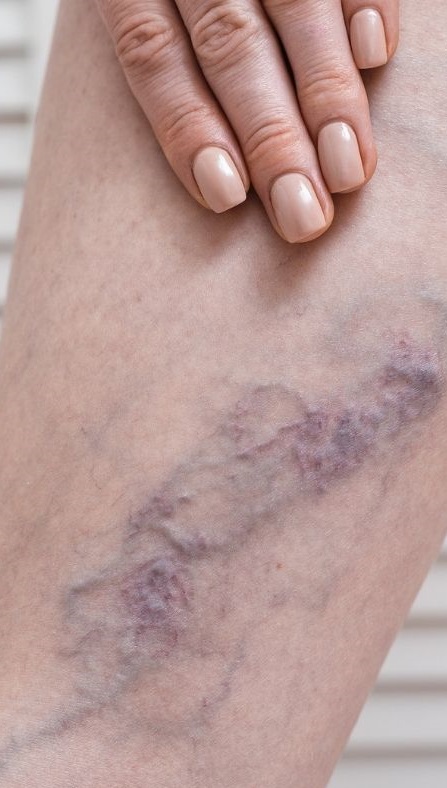Click here to download this post
Dr. DePace, MD, FACC
Note: This Post is a contuinuation of the September 13, 2022 post on Vascular EDS
EDS has different types. Type IV is known as Vascular EDS. Pregnancy increases the likelihood of uterine or vascular rupture in women suffering from EDS type IV particularly during the last 3 months. The highest risk of rupture is during labor. Uterine hemorrhage can also occur postpartum. Occasionally a hysterectomy has been needed. The value of a Cesarean section carried out before the onset of labor has not been proven. Some have proposed that a medication called desmopressin be used to control bleeding during delivery.
The tendency towards hemorrhage in Type IV EDS is due to the fragility of tissue and capillaries rather than something wrong with the blood. The problem is due a defect in the protein collagen that makes fibers in arterial and venous blood vessels. This defect is what accounts for tears or dissections. This is one reason why digestive perforations can occur frequently.
Pregnant women with vascular EDS should receive treatment at special clinics. Because it is genetic, once EDS type IV is identified, Genetic counseling is recommended. The transmission is autosomal dominant, which means you only need one parent to pass on the trait, however 50% can be spontaneous with no family history.
A conservative approach in the management of EDS type IV is usually recommended. Avoid intense physical activities, violent sports, contact sports and scuba diving. Avoid drugs that interfere with platelet function or coagulation, like anticoagulants or vitamin K antagonist. Arteriograms and endoscopies are usually relatively contraindicated in GI and uterine complications unless absolutely necessary.
Surgery may, however, may be required urgently to treat potentially fatal complications, especially with very large or expanding aneurisms, or in the case of dissections and in the case of hemorrhage. Special techniques need to be used and information on the use of stents to treat vascular complications of EDS type IV is insufficient. That being said, simple arterial repairs have been successfully carried out.





